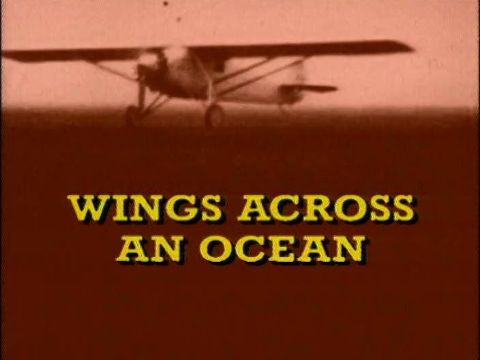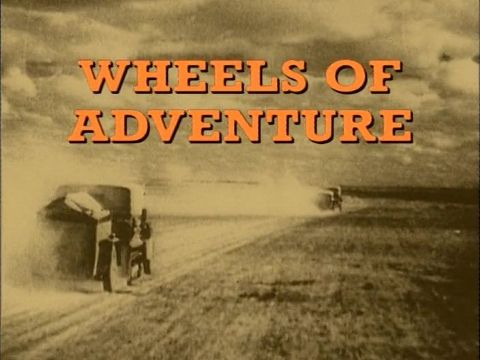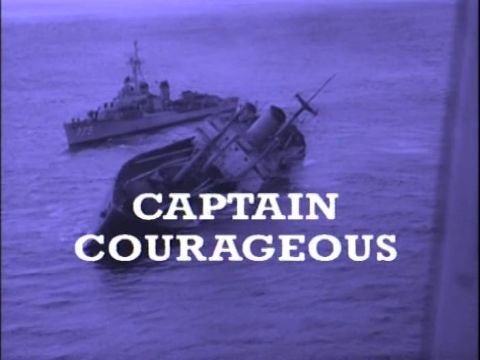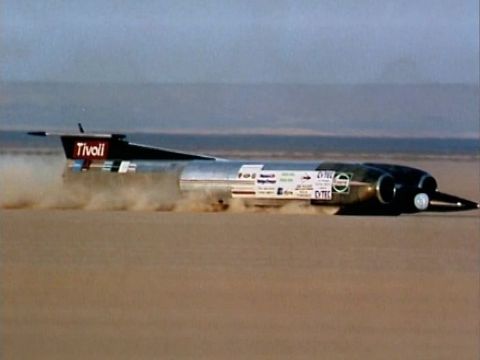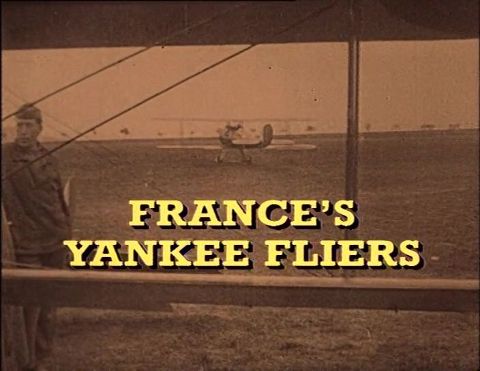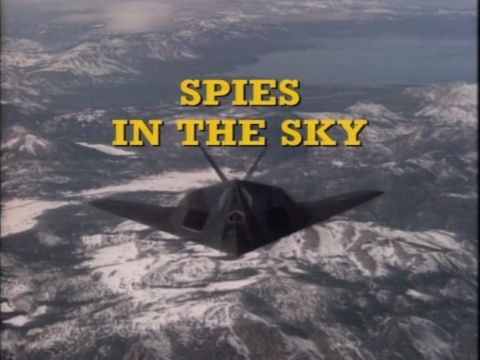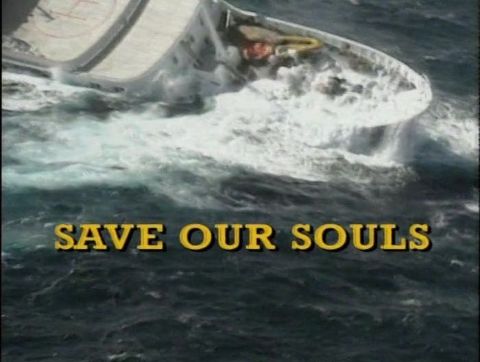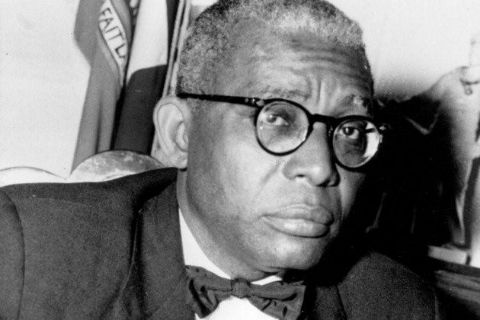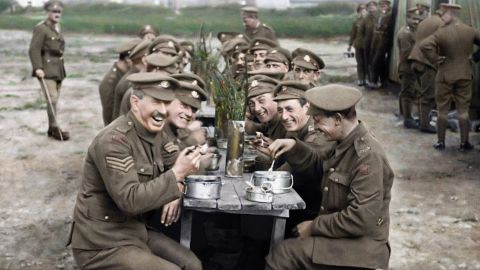Wheels of Adventure • 1996 • episode "2/20" • The True Action Adventures of the Twentieth Century
The World's Longest Motor Journeys Long distance car rallies, including the London-Sydney and the Pan African rallies, and attempts to drive round the world (by Kegresse half-tracks in the 1920s) and the length of the Americas. Epic footage of speed and endurance. With the development of the motor car man soon turned his attention from using it as a means of travel to using it for his sporting aspirations, to driving around the world, to remote corners, to those places where few men have ventured before. Driving in these early days was always a challenge. Dirt roads that the horse found perfectly acceptable became impassable quagmires of mud for the automobile. Despite these challenges, it was not long before the automobile transformed itself from novelty to necessity. The advent of the world's longest motor journeys took place with the London-Sydney and Pan Africa car rallies, in deserts and at tropical jungles. These were then followed by epic attempts of endurance to drive round the world and across the length of the Americas.
Make a donation
Buy a brother a hot coffee? Or a cold beer?
Hope you're finding these documentaries fascinating and eye-opening. It's just me, working hard behind the scenes to bring you this enriching content.
Running and maintaining a website like this takes time and resources. That's why I'm reaching out to you. If you appreciate what I do and would like to support my efforts, would you consider "buying me a coffee"?
Donation addresses
BTC: bc1q8ldskxh4x9qnddhcrgcun8rtvddeldm2a07r2v
ETH: 0x5CCAAA1afc5c5D814129d99277dDb5A979672116
With your donation through , you can show your appreciation and help me keep this project going. Every contribution, no matter how small, makes a significant impact. It goes directly towards covering server costs.
